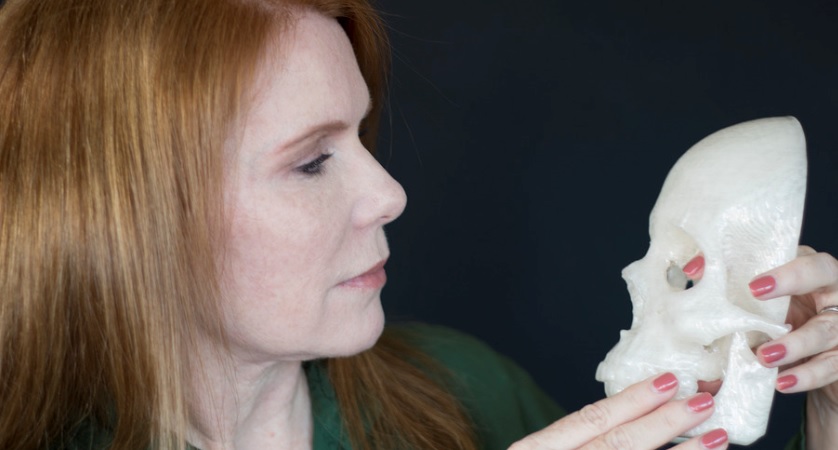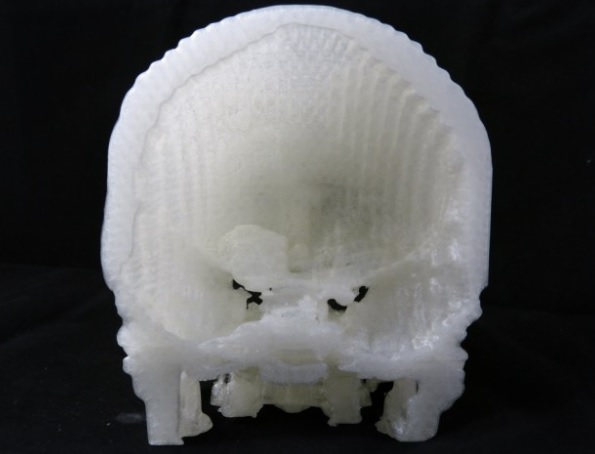
A California couple recently found out first-hand how important it can be to check and re-check their own medical records. And they are on a mission to help others understand that they can be their own best health advocates when teams of medical experts may misdiagnose or mistreat illnesses and disease.
In 2013, following a recent thyroid removal operation, Pamela Shavaun Scott started to experience debilitating headaches. Keen to take extra precaution after her recent surgery, she asked her doctors to perform an MRI, which revealed a mass over an inch in diameter behind her left eye. At the time, neurologists told Scott and her husband Michael Balzer that these types of masses were fairly common among women, suggesting that she be re-checked in another year. Scott and Balzer weren’t content with that plan, so they insisted on another MRI three months later. When neurologists read the results of that scan, they were surprised to find that the tumor had grown approximately half a centimeter, which often indicates that the tumor is malignant.
Understandably rattled, Scott and Balzer set out to devise a plan, and harked back to their days researching and planning for Scott’s thyroid removal. With that surgery, despite her doctor’s suggestions to undergo a traditional thyroid removal that required a long incision along her neck and a lengthy recovery time, Scott and Balzer opted instead to have the surgery performed by physicians at the Center for Robotic Head and Neck Surgery at the University of Pittsburgh Medical Center (UPMC). There, doctors perform surgery with the assistance of a robotic arm that scales movements, making them more precise than what the human hand is capable of on its own. Just as they had done with her thyroid surgery, Scott and Balzer started looking deeper into their options for the surgery to remove this tumor in her head.
Ironically, Balzer had recently launched his own 3D imaging company, AllThings3D, so he requested his wife’s DICOM files from her MRIs and used technology available to him to layer the images and compare what the doctors had told them. As he soon discovered, his wife’s tumor hadn’t actually grown at all; the radiologists reviewing Scott’s scans had actually measured the tumor from two different points on the image. After they learned that the tumor was not growing, Balzer used open-source 3D-imaging technology InVesalius and 3D Slicer to create renderings of his wife’s skull and tumor. They sent those renderings to hospitals throughout the U.S., asking about the alternatives to a surgery they were told would involve sawing open Scott’s skull and lifting her brain.

UPMC, the exact same hospital where Scott had her thyroid surgery, had reviewed the 3D renderings and came up with a suitable alternative with which Scott and Balzer were more comfortable. They proposed going in through Scott’s eyelid, which was obviously a much less risky surgery option than what had originally been proposed. The UPMC surgeons successfully removed 95 percent of Scott’s tumor (the remaining 5 percent was wrapped around her optical nerve), and her recovery time was less than three weeks. Fortunately, her doctors say there is a very slim chance the tumor will ever grow back.
These two medical occurrences taught Scott and Balzer that they don’t need to rely solely on medical professionals for diagnosis and treatment options. In fact, Balzer notes that many of the tools he found and used to save his wife’s life were open-source resources that are available to everyone.
Via Mashable and Make Magazine
Advertisement
Learn more about Electronic Products Magazine





